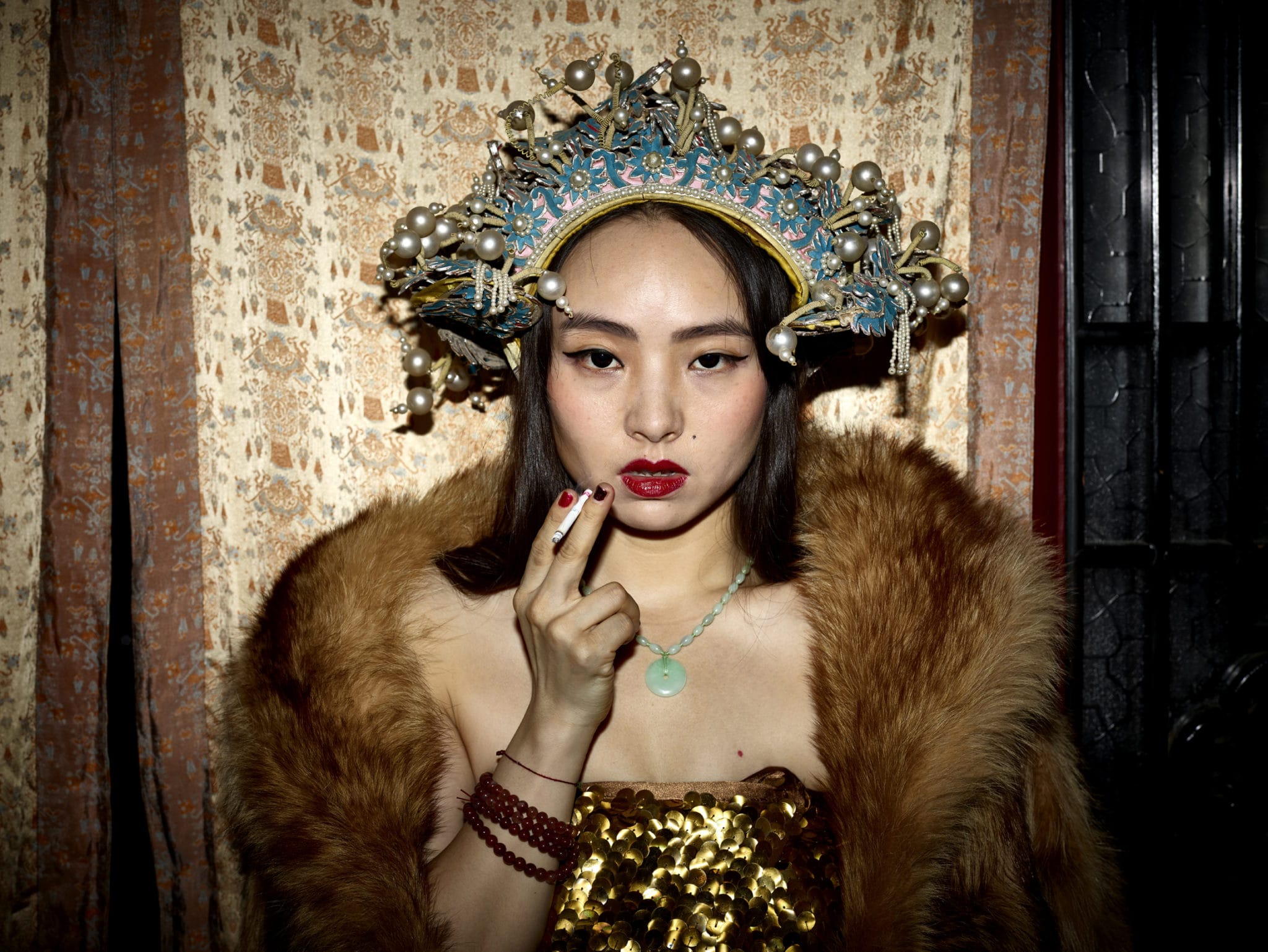
« Flat noodle soup talk » by Pieter Hugo €55 Limited to 500 copies-signed copies-


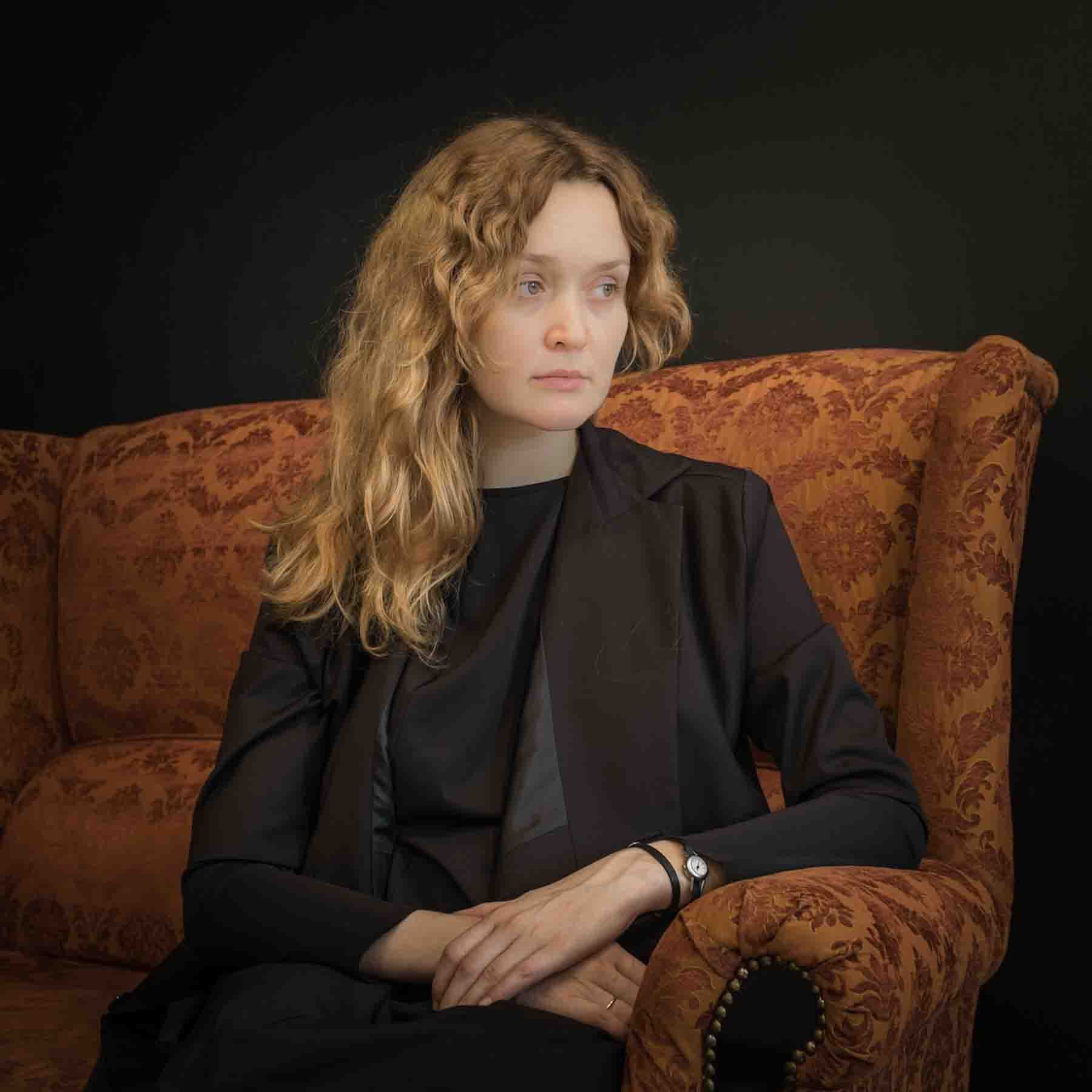
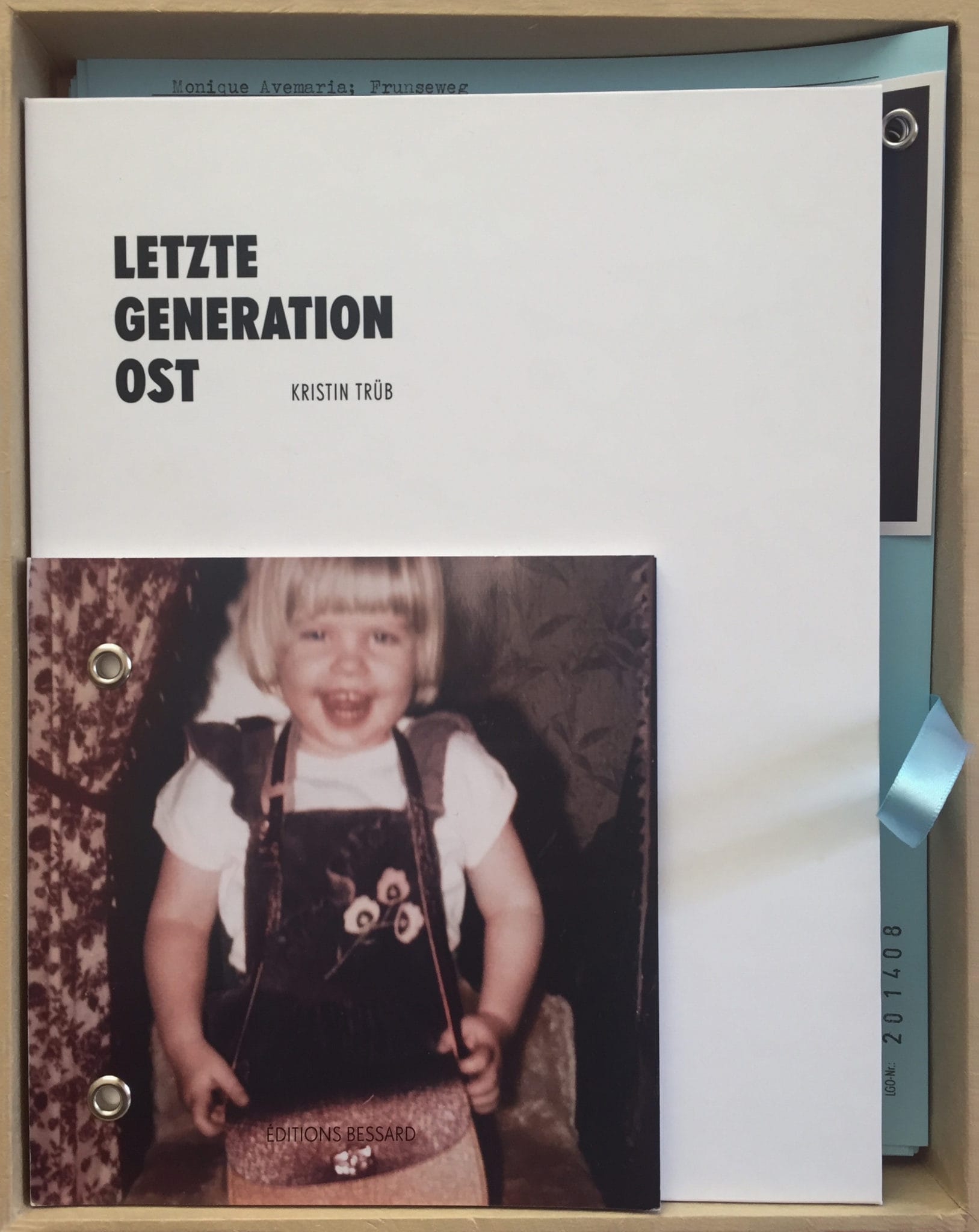
 Their families corresponded to the propagandized principles, they received socialist education in their early years and lived in the typical tower blocks in Hagenow. Naturally, since the collapse of the former GDR, much has changed. Interviews with nine selected representatives of that generation as well as portraits and various photographs create an impression of the memories and experiences of the last generation east.
Their families corresponded to the propagandized principles, they received socialist education in their early years and lived in the typical tower blocks in Hagenow. Naturally, since the collapse of the former GDR, much has changed. Interviews with nine selected representatives of that generation as well as portraits and various photographs create an impression of the memories and experiences of the last generation east.
 Ihre Familien entsprachen dem propagierten Leitbild, sie erhielten eine sozialistische frühkindliche Erziehung und wohnten in einer durchschnittlichen Plattenbausiedlung in Hagenow. Nach der Wende hat sich viel verändert. Interviews, Portraits und Fotografien aus ihrer Plattenbausiedlung verdichten sich zu einem Gesamteindruck ihrer Erinnerungen.
Ihre Familien entsprachen dem propagierten Leitbild, sie erhielten eine sozialistische frühkindliche Erziehung und wohnten in einer durchschnittlichen Plattenbausiedlung in Hagenow. Nach der Wende hat sich viel verändert. Interviews, Portraits und Fotografien aus ihrer Plattenbausiedlung verdichten sich zu einem Gesamteindruck ihrer Erinnerungen.
My Lagos, capitale monstre et populeuse, par le photographe Robin Hammond,
Publié par Fabien Ribery le 19 janvier 2017
Il se pourrait très bien que l’Afrique – trente millions de kilomètres carrés, cinquante-quatre Etats – invente les lignes de notre futur, et nous refaçonne à la mesure de sa démesure.
En 2030, Lagos comptera vingt-cinq millions d’habitants.
Dans la capitale du Nigeria, où les populations affluent, les capitaux des investisseurs jouant aux dés transforment la ville en un gigantesque territoire d’aventures.

Les imaginaires sont écrasés par le calcul, avides d’argent.
Les imaginaires s’ouvrent, participant à la créolisation du monde, que prophétisait à juste titre le philosophe poète Edouard Glissant.

Consumériste, déchirée, souffrant de tachycardie, Lagos est aussi tourbillon, vitalisme, couleurs, mouvement permanent.
Soumise à la souveraineté de la technique, cruelle, dévoreuse de chairs humaines, Lagos est aussi tisseuse de liens, créatrice d’expériences existentielles nouvelles, vérité de rires, rythmes inédits.
 The wedding of Funmi Olojede (bride)
The wedding of Funmi Olojede (bride)
Sa puissance est une joie, sa puissance est une peine.
Lagos est un chaudron, volcan touillé par une jeunesse désireuse de sauver sa peau, et de saliver, déglutir, jouir le vaste monde à partir du point d’incandescence qu’est son désir irréductible d’être là, pleinement présente, dans l’hyperconnexion mondialisée à laquelle elle veut participer sans frein.
Pas de nostalgie, mais une humanité se réinventant, identique et différente, adepte d’une autre Raison, moderne, non impérialiste, plurielle, attentive à la vie spirituelle et au tempo propre de chacun, ce qui serait la définition de Lumières africaines.
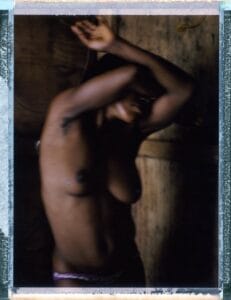
Pas de passéisme, mais de l’effervescence, du bouillonnement, et des habits d’Arlequin pour fuir dans les apparences.
Le corps sera de grande santé, ou ne sera pas, mobile, fervent, très savant, et joueur-menteur.
’intensification de l’existence poétique au cœur de la catastrophe est aujourd’hui l’enjeu majeur.
Dans le bruit, la musique, le tumulte, Lagos invente un destin, qui ne pourrait ne pas être que local, mais de portée universelle.
C’est ainsi que l’immense photographe néo-zélandais Robin Hammond, dans un livre finement ouvragé édité par les Editions Bessard (format horizontal majestueux, couverture cartonnée unique pour chaque exemplaire, doublée d’un papier plié provenant de posters nollywoodiens, typographie très soignée), représente dans My Lagos une capitale monstre et populeuse, à la fois très noire et multicolore.
Au spectateur égaré dans le labyrinthe de ses images, Robin Hammond offre, dans une série de petits cahiers dépliables, insérés dans un format réduit au mitan des doubles pages de sa fresque africaine, des interviewes en anglais permettant de rencontrer des personnages, dont on se dit qu’il pourrait être des acteurs de ce grouillant Nollywood, où le Nigeria expérimente le mise en scène d’elle-même.

Ville de contrastes considérables, impitoyable et donnant pourtant tout à l’œil habile du photographe sachant la révéler dans ses multiples dimensions, l’indomptable Lagos est ici approchée en cinq chapitres – Building Lagos, Big Religion, Middle Class, Nollywood, Fashion – qui sont autant de portes d’entrées ouvrant sur les autres, car la cité dantesque est aussi celle de tous les enchantements.
Avec My Lagos, les Editions Bessard frappent une nouvelle fois très fort, et l’on se plaît à désirer rester longtemps encore sur le ring des images d’un livre construit comme un macrocosme.
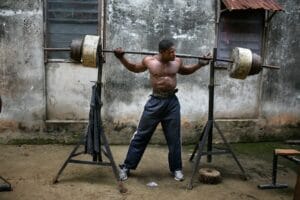
Joseph Conrad terminait Au cœur des ténèbres par le célèbre « L’horreur ! L’horreur ! » – derniers mots prononcés par Kurtz durant son agonie.
Il semble qu’on puisse lui préférer aujourd’hui la formule magique de Nelson Mandela : « Je suis parce que nous sommes. »
My Lagos, ou l’avenir du monde, désirable, inquiétant, incompréhensible, babellique, passionnant, à feu et à sang.

Robin Hammond, My Lagos, design Cyrielle Molard, Editions Bessard, 2016 – livre disponible auprès de l’éditeur
FABIEN RIBÉRY
À propos de l’auteur : L’intervalle, blog littérature, cinéma, photographie, gestes artistiques, sciences humaines, philosophie / Entretiens et chroniques
Fabien Ribery, auteur, enseignant, agrégé de lettres modernes, journaliste free lance HERE THE LINK: https://fabienribery.wordpress.com/2017/01/19/my-lagos-capitale-monstre-et-populeuse-par-le-photographe-robin-hammond/
I really enjoy Edition Bessard´s publications. And I miss the small series with a print, among them there is a kind of preview of Robin Hammonds book My Lagos.
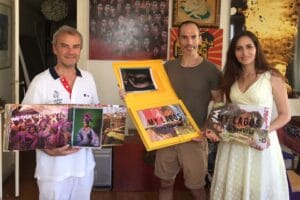 Lagos is home to the richest people in the richest country in sub-Saharan Africa (with a GDP of over 500 billion dollars), but the riches have hardly trickled down, it is also one of the most unequal cities in the world (ranked in the top three most unequal for income earned). The huge numbers of poor eking out a living here have reportedly made this the 4th worst place to live in the world. But Lagos is seeing a rapidly rising middle class and this city of enormous contrasts is fast becoming internationally known as Africa’s hub of creativity, fashion and business. Photo Robin Hammond/Panos
Lagos is home to the richest people in the richest country in sub-Saharan Africa (with a GDP of over 500 billion dollars), but the riches have hardly trickled down, it is also one of the most unequal cities in the world (ranked in the top three most unequal for income earned). The huge numbers of poor eking out a living here have reportedly made this the 4th worst place to live in the world. But Lagos is seeing a rapidly rising middle class and this city of enormous contrasts is fast becoming internationally known as Africa’s hub of creativity, fashion and business. Photo Robin Hammond/Panos

about the Joan Blog: This blog is about things I own, or rather things that I have at home that might be interesting. I work as a copywriter but pictures occupy a large part of my life. As photography hanging on the walls, at museums and galleries and in my ever-growing collection of photography books. And all the pictures I take myself. It´s pictures that I intend to show here, too. Den här bloggen handlar om allt jag äger, eller rättare sagt sådant som jag har hemma som kan vara intressant, på något sätt eller högst personligt. Jag är förvisso copywriter men bilder upptar en stor del av mitt liv. I form av fotografi som hänger på väggarna, som man kan se på museer och gallerier och som finns i min ständigt växande samling av fotoböcker. Och dem jag tar själv. De bilderna tänker jag visa här också. Jag äger ju bilderna. Däremot finns inte motiven kvar i verkligheten.
HERE THE LINK: http://johanbrink.blogspot.jp/2017/01/16-from-16-best-photo-books-from-last.html?view=classic

Révélé notamment en Europe par son ami Pierre Bessard avec le livre The brightest light runs too fast (Editions Bessard, 2014), devenu rapidement culte (une couverture thermique a permis de déjouer la censure), les éditions allemandes Taschen offrent aujourd’hui à Ren Hang un rayonnement mondial en lui consacrant une superbe monographie sous couverture rouge cartonnée
here the link: https://fabienribery.wordpress.com/2017/01/18/un-genre-de-burlesque-pornographique-par-le-photographe-ren-hang/

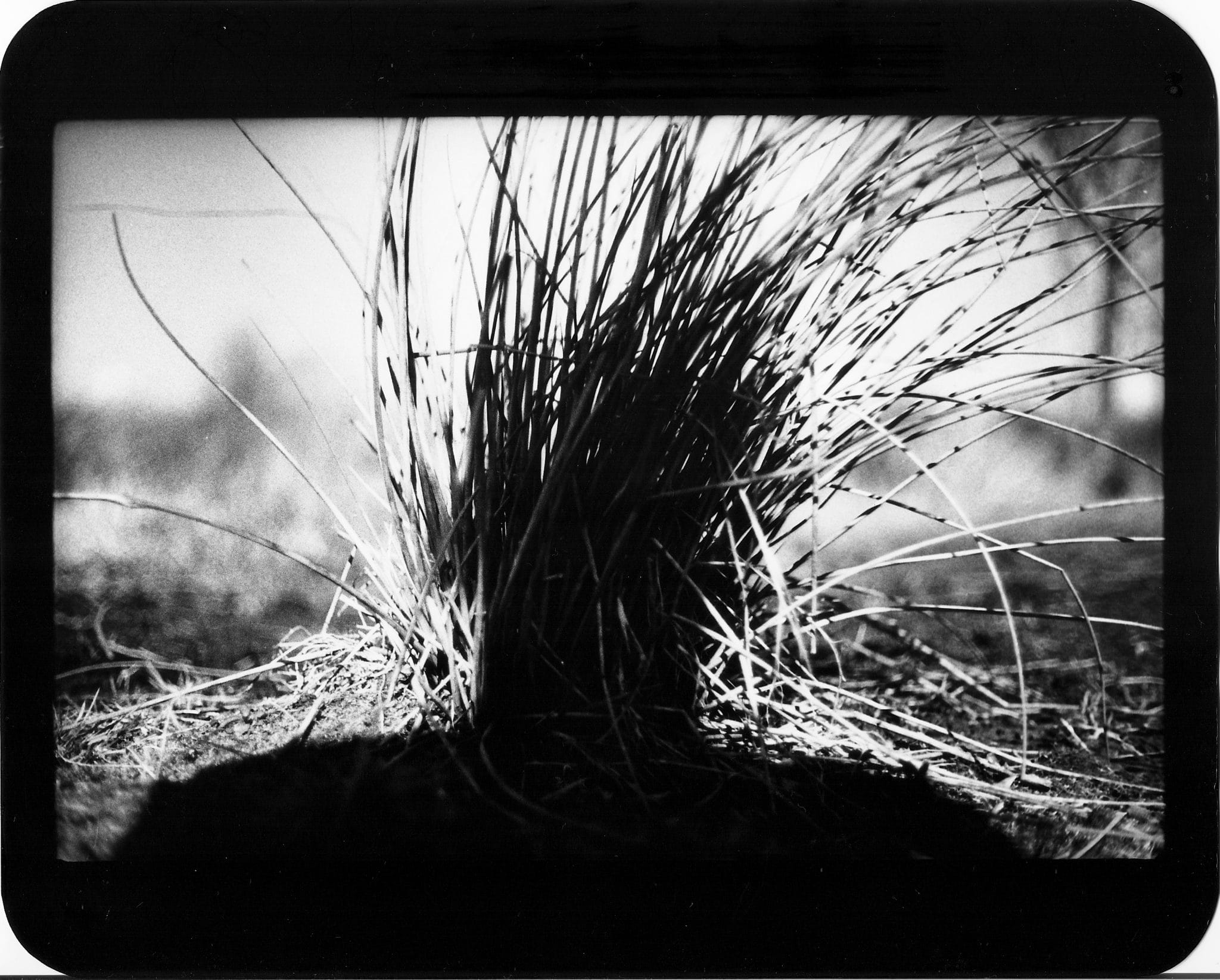
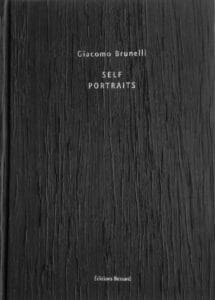 “I started working on the Self Portraits series in 2010.I was shooting in Italy in the summer and while looking for animals to photograph in the countryside, I looked through the camera and saw a reflection of my shadow on an unpaved road against a mountain.
“I started working on the Self Portraits series in 2010.I was shooting in Italy in the summer and while looking for animals to photograph in the countryside, I looked through the camera and saw a reflection of my shadow on an unpaved road against a mountain.
It was a clear day and I was not far from the place where I was born.
From that moment, I decided to build a project on myself. No more people or animals to chase, no more sneak shots of strangers, all I needed now was right in front of me, still, posed, shouting for me to just press the button.
So for three years and hundreds of sunny days, I wandered around the countrysides of Italy and the United Kingdom, posing different shadow positions in front of the camera. As the project progressed, I started to construct my pictures as though the shadows were an integrated element of the landscape that were coming to life because of my interaction with the environment.
Working with a removable viewfinder camera, a Miranda that once belonged to my father, the photographs were taken from a waist level perspective, casting my reflection onto natural, organic surfaces as grass, soil, rocks, hay, plants and trees.
I loved working with these textures and the way they responded to my presence and what they gave back in return, was continually fascinating.
I came across many different surfaces: green and leafy, white and rocky, yellow and grassy, brown and woody.
It was the act of casting my black presence onto colours and shapes that kept me shooting images.
Seeing my shadows distorting, taking form and coming to life against the sunshine, was like being in my darkroom, printing with hands and body, under the light of the enlarger.
Moving around while taking pictures of my shadow was like marking the territory, exploring a new, fragile dimension made out of nothing but light”
Giacomo Brunelli, 2016
ISBN: 979-10-91406-42-0
Clothbound hardback, 25 pages
20 tritone plates, 270mm x 190mm

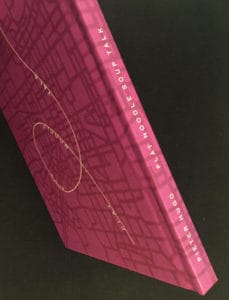
A lire sur le blog littéraire L’Intervalle : L’insurrection de la pudeur, par le photographe sud-africain Pieter Hugo Publié par Fabien Ribery
Pieter Hugo est un colosse, dont les images sont chaque fois des chocs visuels, parce qu’elles vous regardent sans ciller, et que la franchise effraie quand elle n’attend pas de réponse.
Pierre Bessard, qui est son ami, lui consacre un ouvrage, intitulé de façon tendrement ironique Flat noodle soup talk, où les visages qui vous contemplent, en souriant, avec mélancolie, douceur, ou défi, sont autant de natures mortes.
Pieter Hugo photographie des êtres ayant compris que son objectif les transforme en fantômes, à moins que, sans véritablement oser se le formuler, ils ne se soient toujours considérés, l’hypothèse n’est pas absurde, comme des ombres mouvantes.
Un fruit pourrit, il éclate, le livre s’ouvre, puis se ferme, dans une odeur de grenade écrasée. Des couples se sont mariés, des amants se sont étreints, des jeunes femmes se sont fait tatouer ou percer les joues, d’autres encore ont subi des opérations, ou s’apprêtent à dîner en famille. Il ne s’est rien passé, la vie a passé, la mort n’a cessé de travailler.
Ouvrez une noix, écartelez une clémentine, vous y verrez peut-être votre cerveau, ou votre visage, ou votre sexe, ou vos entrailles.
Pieter Hugo est un métaphysicien : il sait bien que chacun se bat contre la solitude, ou l’isolement, et que les jours sont généralement bâtis d’amertumes.
Le matérialisme, marxiste ou consumériste, révèle son impuissance, incapable de combler notre besoin de consolation.
Une Mercedes caparaçonnée sort du garage, un enfant naît, des œufs se cassent sur le sol, une fissure apparaît au plafond, un vieil homme nu, couché, se prépare à ne plus revenir de son prochain sommeil.
Les corps nus chez Hugo sont émouvants, parce qu’ils ne jouent pas à être sensuels, et qu’ils montrent que la séduction est un combat que l’on mène vaillamment en le sachant perdu d’avance.
beijing_2015_439_v1x
Les rêves d’utopies politiques sont des histoires anciennes. Reste l’effort très beau pour se tenir debout, seuls ou ensemble, cuirassés de protections ou sans vêtement.
Pieter Hugo ne légende pas ses images. Nous sommes probablement en Chine, en tout cas en Asie, c’est-à-dire de l’autre côté du globe unifié par une dévastation que nous ressentons désormais à chaque instant, que l’on soit à Paris, Pékin ou au Cap.
beijing_2015_1208_v2x
Et si chacun accepte ici d’offrir au photographe sud-africain son image avec la plus grande pudeur, c’est que peut-être, face à l’incommensurable vertige qu’impose un monde à l’agonie, ce sentiment expose sans le vouloir l’un de nos derniers noyaux d’humanité partageable, telle une ultime et modeste insurrection de l’espèce humaine face à la menace de son anéantissement.
01-fnst
Pieter Hugo, Flat noodle soup talk, design and book concept Ramon Pez, éditions Pierre Bessard, 2016 – typeface Grot 10
beijing_2015_1302_v2x
HERE THE LINK: https://fabienribery.wordpress.com/2016/11/21/linsurrection-de-la-pudeur-par-le-photographe-sud-africain-pieter-hugo/
 “I started working on the Self Portraits series in 2010.I was shooting in Italy in the summer and while looking for animals to photograph in the countryside, I looked through the camera and saw a reflection of my shadow on an unpaved road against a mountain.
“I started working on the Self Portraits series in 2010.I was shooting in Italy in the summer and while looking for animals to photograph in the countryside, I looked through the camera and saw a reflection of my shadow on an unpaved road against a mountain.
It was a clear day and I was not far from the place where I was born.
From that moment, I decided to build a project on myself. No more people or animals to chase, no more sneak shots of strangers, all I needed now was right in front of me, still, posed, shouting for me to just press the button.
So for three years and hundreds of sunny days, I wandered around the countrysides of Italy and the United Kingdom, posing different shadow positions in front of the camera. As the project progressed, I started to construct my pictures as though the shadows were an integrated element of the landscape that were coming to life because of my interaction with the environment.
Working with a removable viewfinder camera, a Miranda that once belonged to my father, the photographs were taken from a waist level perspective, casting my reflection onto natural, organic surfaces as grass, soil, rocks, hay, plants and trees.
I loved working with these textures and the way they responded to my presence and what they gave back in return, was continually fascinating.
I came across many different surfaces: green and leafy, white and rocky, yellow and grassy, brown and woody.
It was the act of casting my black presence onto colours and shapes that kept me shooting images.
Seeing my shadows distorting, taking form and coming to life against the sunshine, was like being in my darkroom, printing with hands and body, under the light of the enlarger.
Moving around while taking pictures of my shadow was like marking the territory, exploring a new, fragile dimension made out of nothing but light”
Giacomo Brunelli, 2016
ISBN: 979-10-91406-42-0
Clothbound hardback, 25 pages
20 tritone plates, 270mm x 190mm
